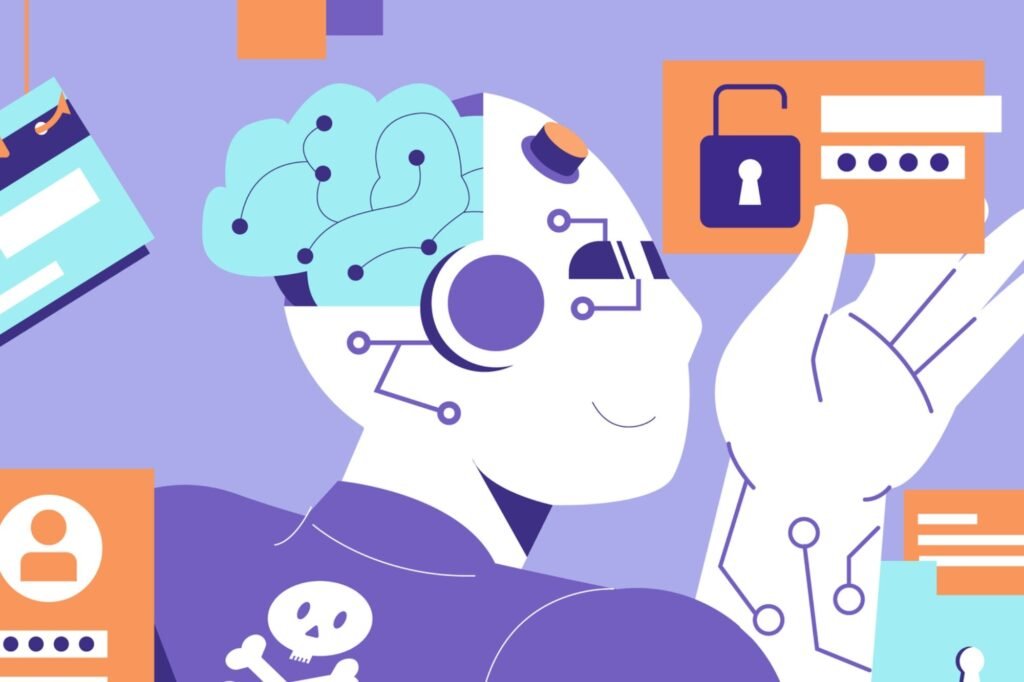Opinions expressed by Entrepreneur contributors are their own.
It has been a long time since we stopped believing everything we read in the media or on social networks. With the development of AI, we will soon stop believing what we see online as well. Seeing a fake Hollywood sign burning is heartbreaking. Still, deepfake photos of world leaders posted by respected media are more of a threat and may be the real sign of our society being overtaken by post-truth. Over 80% of professionals polled by KPMG say that deepfakes pose a potential risk to their businesses.
This is precisely how a Hong Kong finance employee lost $25 million to scammers after a chat with a deepfake impersonation of his CFO. Partially, our post-Covid work attitude catalyzed this process. If someone told you 10 years ago that it’s okay to sign a multi-million contract via conference call, you’d probably think it’s nonsense. But it sounds feasible in 2025, right?
Unlike the dissipation of mutual trust, frauds like that are preventable — but only if your business adheres to at least three of four modern digital risk protection principles.
Related: How Generative AI Is Fueling the Rise of Fake News and Online Fraud
1. Admit you are at risk
Ninety-six percent of the internet comprises the so-called Dark Web. Scammers sift through information that can be used to gain control over personal data, website access or even people’s trust.
Video recordings and voice examples are good sources for AI fraud schemes, but criminals also use small personal details. First, they need to sound credible to those who will be exposed to a deepfake. Second, they send a sign to the victim, like “Hey, we have more data on you.”
Ground zero is to realize how much information is out there about you and how criminals can use it against you, even if it’s seemingly harmless Instagram stories or Zoom call recordings. With the possibility to replicate someone’s personality in just two hours, this turns your media on the web into a ticking time bomb.
2. Start taking action
Given the high stakes, C-level managers are primary targets for criminals. If you are a company’s decision-maker, consider what you post online and how you organize your digital hygiene. A rather disturbing trend is the defamation of top managers’ family members. People would give up restricted access and documents to protect their loved ones’ reputations and private lives.
Standard cybersecurity practices like role-based access control or multifactor authentication create a sense of protection. However, this sense is false in a world where personal data may be more beneficial than NDA information. Another way to stay ahead of fraudsters is to reconsider the business’s approach to cybersecurity.
Related: The Deepfake Threat is Real. Here Are 3 Ways to Protect Your Business
3. Sharpen your tools
There are dozens of tools to combat deepfakes and other modern digital risks. In fact, crises are better prevented than mitigated. AI combined with OSINT methods has proven its efficiency in doing so.
Basically, AI does the same thing scammers and hackers do: It sifts through the information. But it doesn’t just look for something explicitly bad. In our product, we train AI to look for unobvious patterns in open data.
It’s like helping out your troubled friend. You may notice that he didn’t sleep at home because he is wearing the same clothes. He has stubble, though he’s usually clean-shaven. He has under-eye bags. All these factors are okay one by one. But when combined, the puzzle comes together.
If risk-prevention systems fail, AI can debunk a deepfake by finding source files used to create it. If no source files are found, AI tools can analyze facial microexpressions, inconsistencies in lighting and unnatural voice modulations. AI-powered behavioral analysis software also detects anomalies in typing speed and mouse movements, making identity theft almost impossible.
4. Develop a culture of critical thinking
As we know from the example of a Hong Kong manager, you can save millions by investing in employee awareness. They may think they are too small of a fish for criminal sharks out there. Sustainable change spans multiple areas, but it all begins with critical thinking.
However, it’s not about fostering paranoid mistrust. On the contrary, a company should become a safe space where both the business and its employees protect each other from outside threats. Lay the foundation by preparing and sharing a plan for AI, deepfakes or data phishing emergencies. Show people that you have their backs. When people understand that those attacks are not just about business or them — but both — they will be more likely to report suspicious activity or incidents instead of dealing with them alone.
Related: Why AI is Your New Best Friend… and Worst Enemy in the Battle Against Phishing Scams
In the end, our post-truth resistance is a matter of joint effort. AI fraud is a part of the virtual insanity we live in, and we are unlikely to eliminate it. Still, we can make the world safer with critical thinking, better safety tools and healthy corporate relationships.
However, all that is useless until you accept the risks and face what’s out there. Are you ready for that?

